SMITHFIELD — Four months after the initial round of a treatment aimed at ridding East Pond of algae blooms that typically have plagued the lake in mid-August, officials involved with the project say the treatment has been successful and they’re hopeful they’ve found a long-term solution.
The East Pond Association and 7 Lakes Alliance are in the midst of wrapping up the second half of an alum treatment that this summer prevented algae blooms from popping up in the water, causing it to look like pea soup.
On Friday, an environmental scientist and an engineer with the company SOLitude Lake Management loaded a small barge with tanks of the treatment to apply over a roughly 670-acre area of the lake, wrapping up several days of making small trips out into the center of the pond to spread the combination of aluminum sulfate and sodium aluminate.
“So far, so good,” said Charlie Baeder, director of programs for the 7 Lakes Alliance, shortly before the barge took off from private camp property.
The organization is dedicated to the conservation and preservation of the Belgrade Lakes region.
“We had no algae blooms this summer (on East Pond), so the immediate treatment was effective,” Baeder said. “Our other measure of success will be to see how long it lasts. We’ll see that over the next 20 years, hopefully. That’s our goal, for it to last 15 to 20 years.”
In June, the lakes groups hired Virginia-based SOLitude to perform the alum treatment, a process that involves spreading a mix of aluminum sulfate and sodium aluminate over the water to offset the abundance of phosphorus, which acts as food for algae.
About 200,000 gallons of the alum mixture was spread in the deepest parts of the lake.
Then, after taking a break to accommodate summertime activity on the lake, SOLitude returned this week to add another 162,000 gallons of alum to the water. The process involved the barge making several hourlong trips from the shore to the center of the lake, where the blue-green mixture was spread off the back of the vessel and sank into the water.
The project, which cost $1.1 million total, was funded with a $232,000 grant from the Maine Department of Environmental Protection, a $200,000 grant from the Harold Alfond Foundation and about $600,000 raised from residents and commercial camps on East Pond.
The DEP also provided additional support with permitting and management of the project, and Colby College assisted in monitoring pH levels and performing scientific analysis of the treatment.
Dominic Meringolo, a senior environmental engineer and regional leader for SOLitude, said alum treatments are almost always successful in addressing algae problems on lakes, though Baeder said some people expressed skepticism ahead of the project.
A few years ago, the state of Maine led an effort to try to deal with the problem by removing white perch, which were believed to be contributing to the algae problem by eating zooplankton that feed on algae.
But Baeder and East Pond Association President Rob Jones said that project didn’t work, and the difference in water quality was indiscernible.
“We knew 20 years ago an alum treatment would probably help, but we were looking at a high cost, the science wasn’t as good to tell you what dosage to apply and what the longevity would be, and we didn’t have the evidence to tip the scale,” Jones said.
This spring though, the groups wrapped up a $1 million fundraising campaign and had the money to move ahead with the treatment.
“It’s quite an accomplishment for us,” Jones said. “We’ve had many partners, but as a small nonprofit, putting together a project of $1 million really energized the association and the over 200 property owners who contributed. The camp owners are ecstatic.”
Because East Pond doesn’t have an inlet and has shallower water levels than other lakes in the Belgrade Lakes chain, it generally has had the worst algae problems.
This year, though, North Pond also had algae blooms, Baeder said, and its something the lakes alliance will be studying to figure out if treatment could be necessary.
While phosphorus appears naturally, it also can be traced to human activity, so the monitoring of shoreland erosion, septic system management and other items can also play a part in cutting down on algae growth.
Going forward, Jones said that will be an important part of preserving the investment made recently on East Pond.
“All these little things add up,” he said. “We don’t want to backslide on any of the small things.”
Rachel Ohm — 612-2368
Twitter: @rachel_ohm
Send questions/comments to the editors.


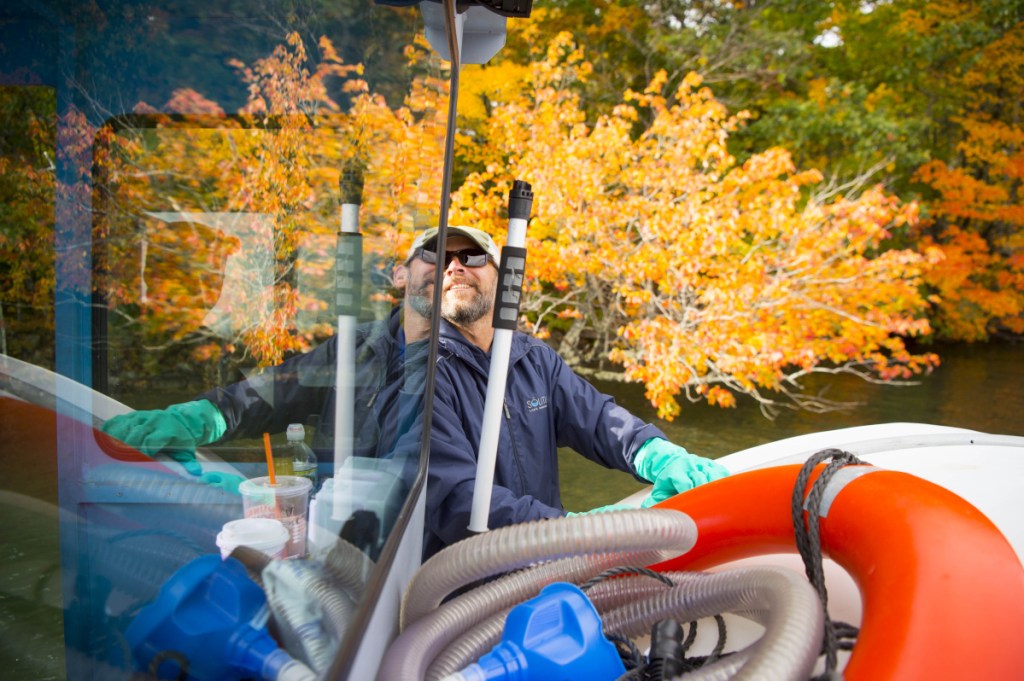
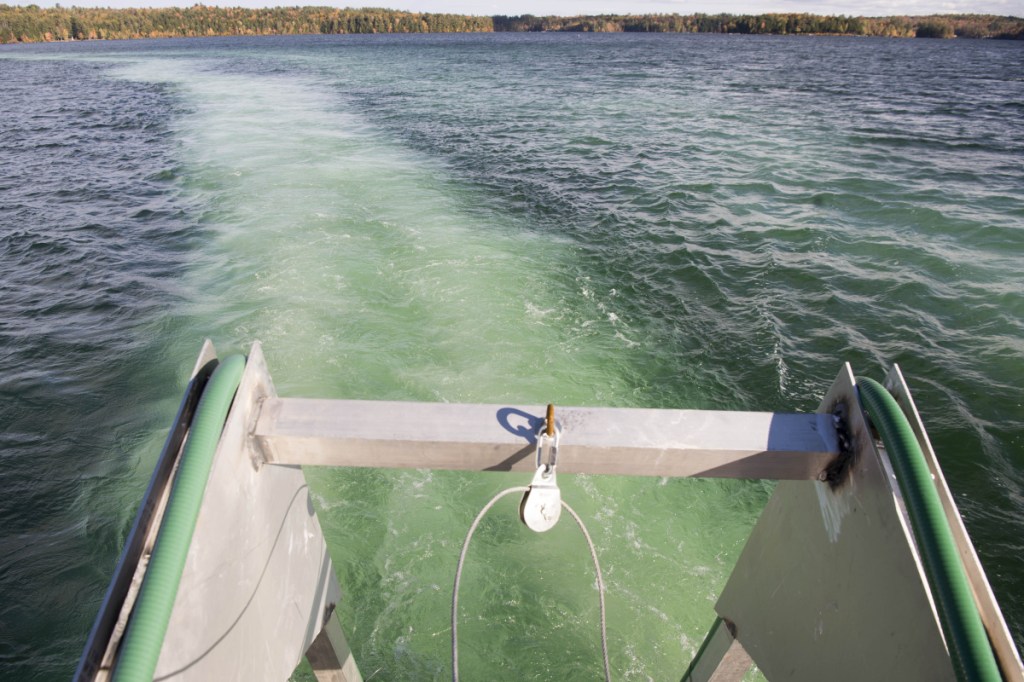
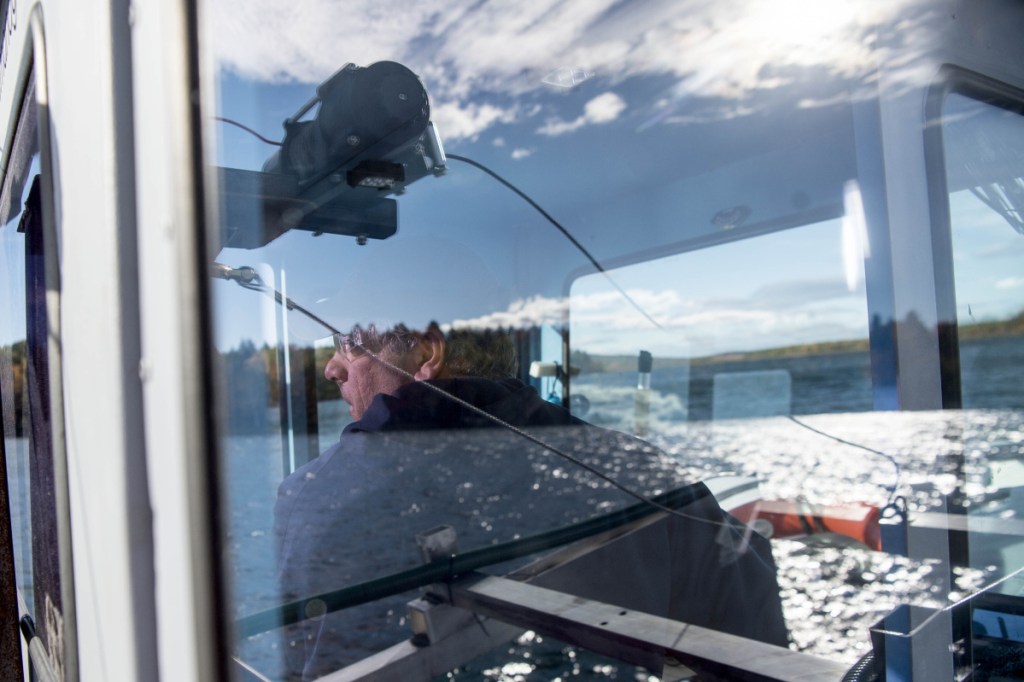
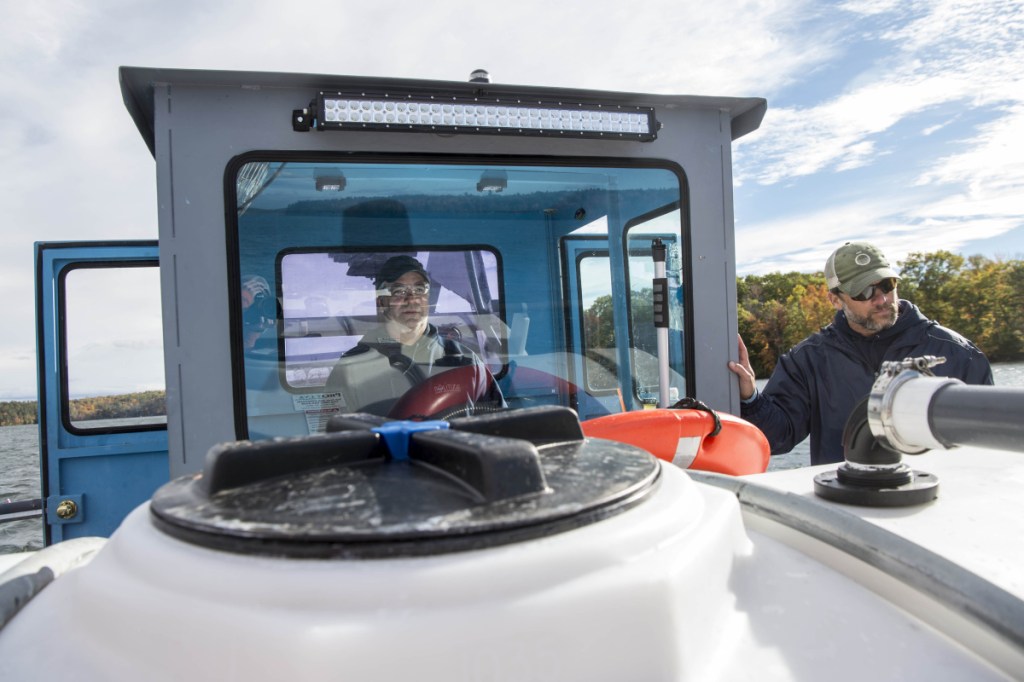
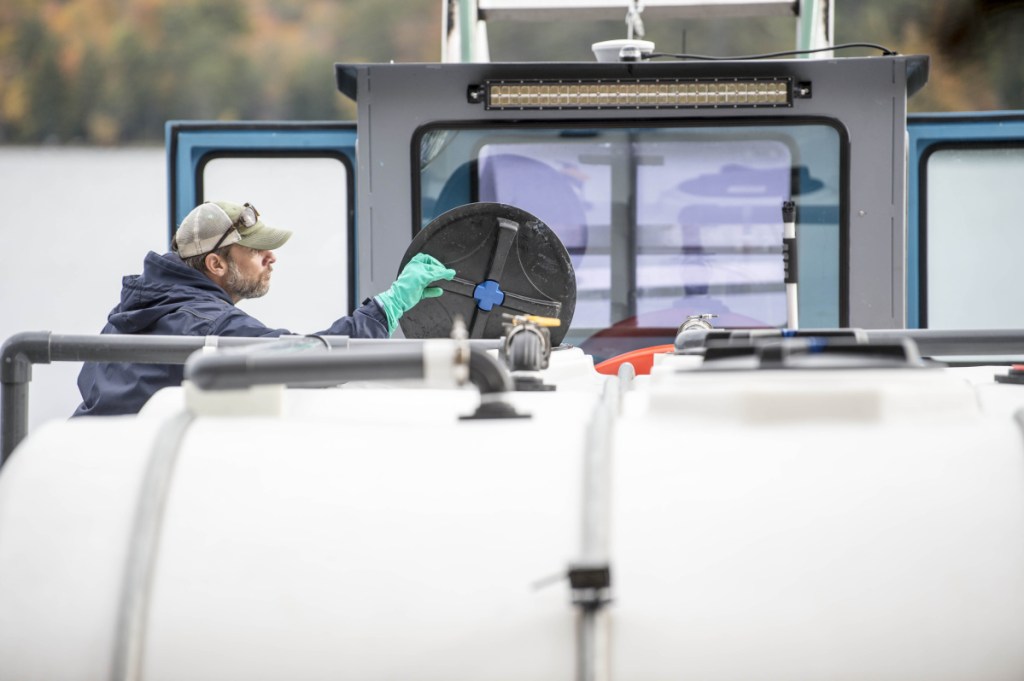
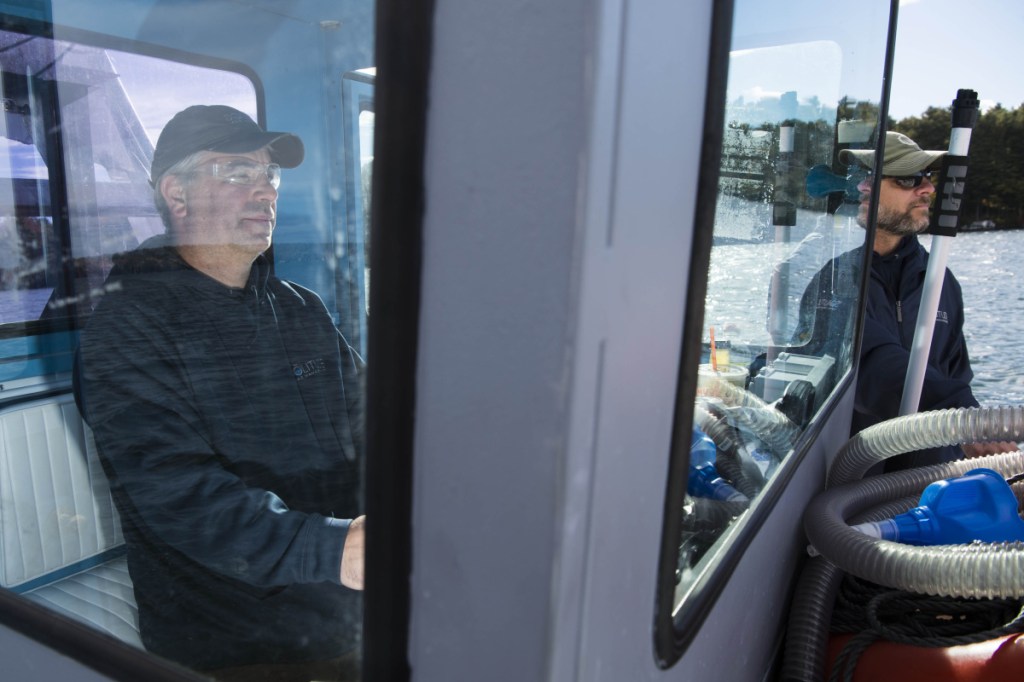
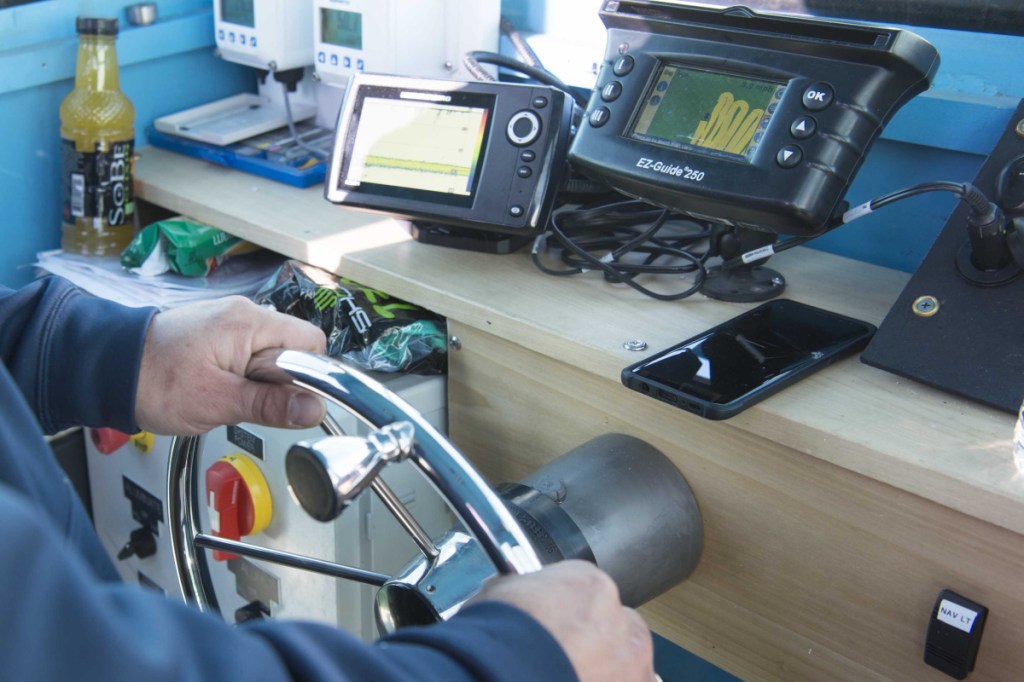
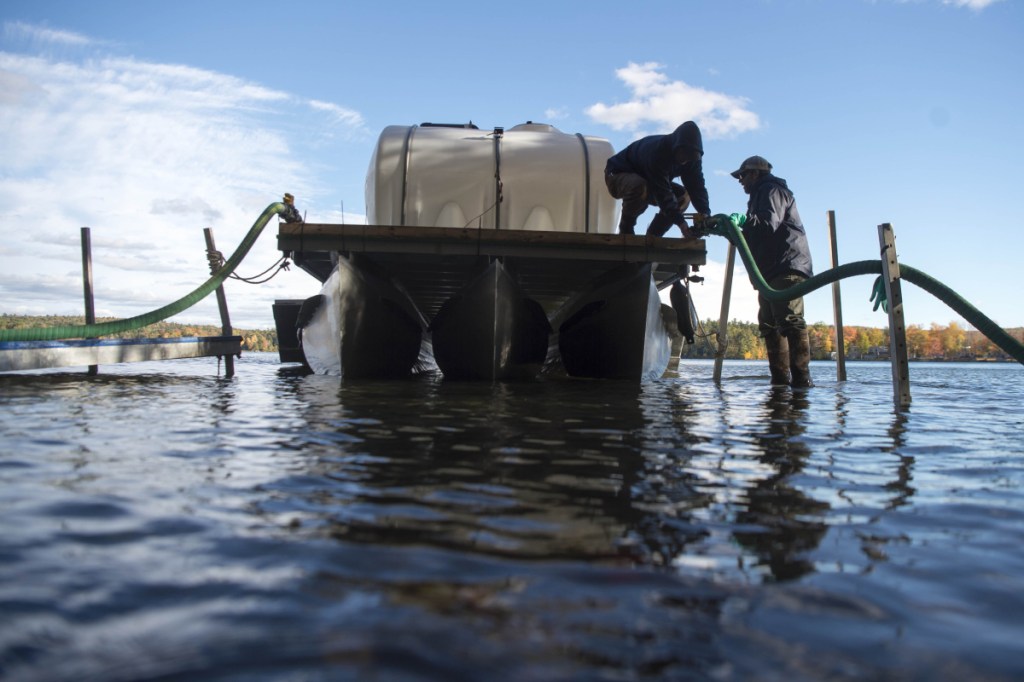
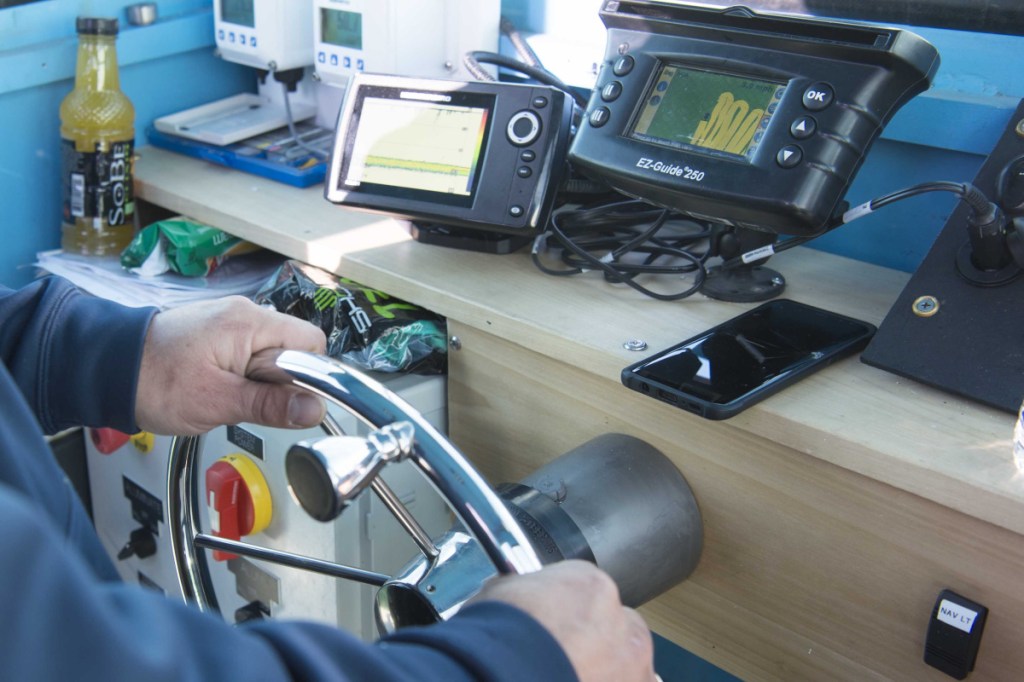
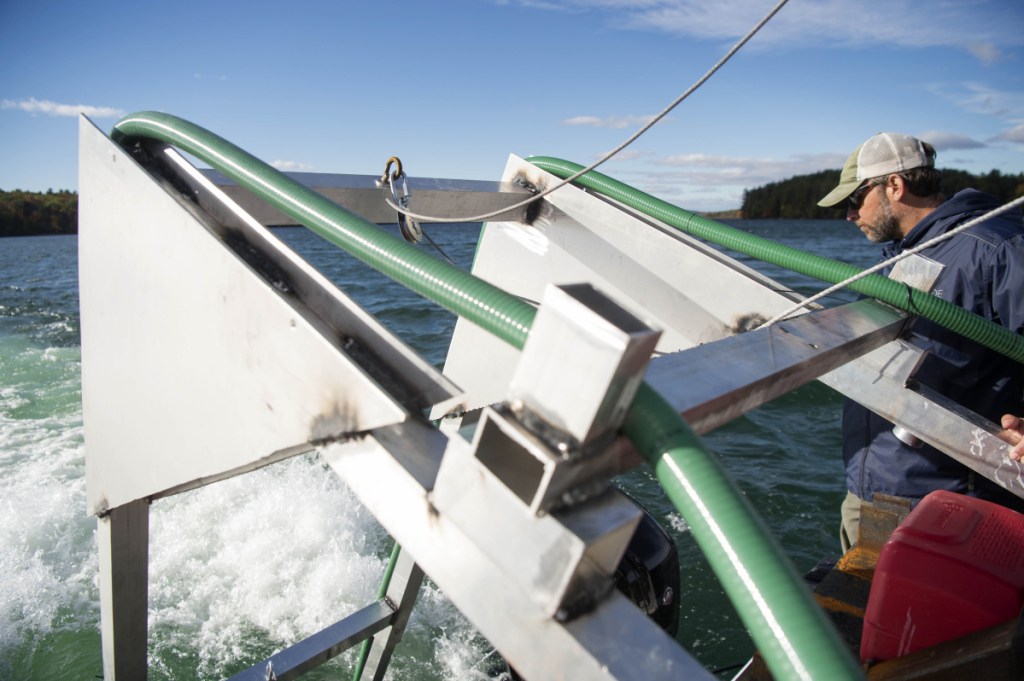
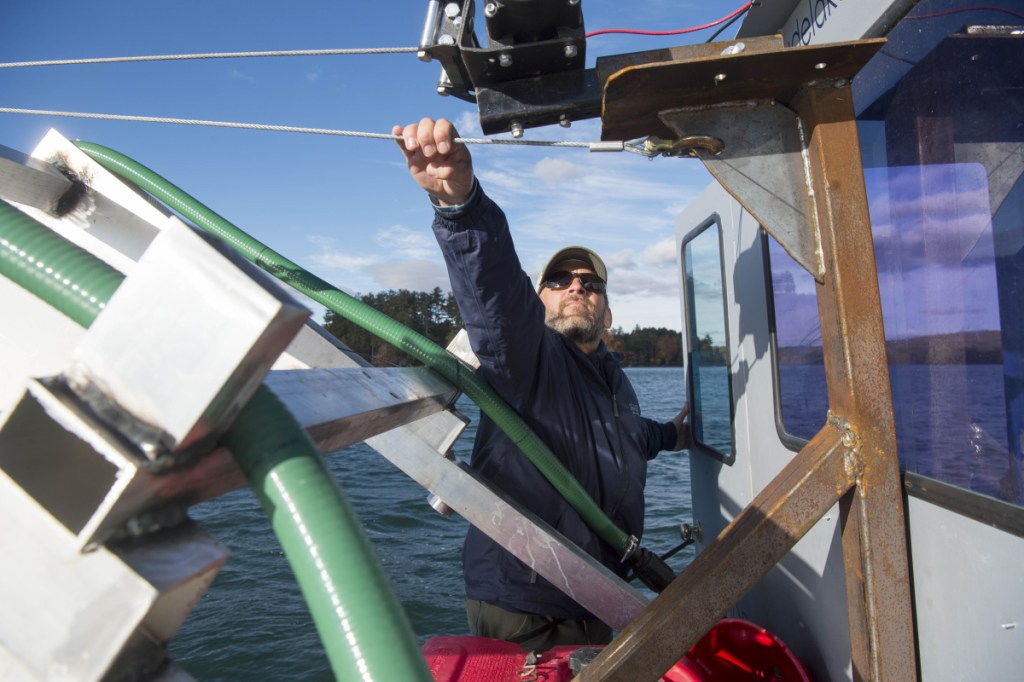

Success. Please wait for the page to reload. If the page does not reload within 5 seconds, please refresh the page.
Enter your email and password to access comments.
Hi, to comment on stories you must . This profile is in addition to your subscription and website login.
Already have a commenting profile? .
Invalid username/password.
Please check your email to confirm and complete your registration.
Only subscribers are eligible to post comments. Please subscribe or login first for digital access. Here’s why.
Use the form below to reset your password. When you've submitted your account email, we will send an email with a reset code.